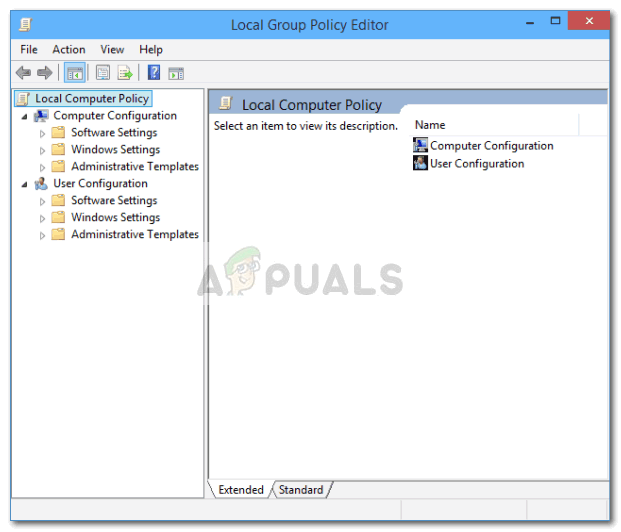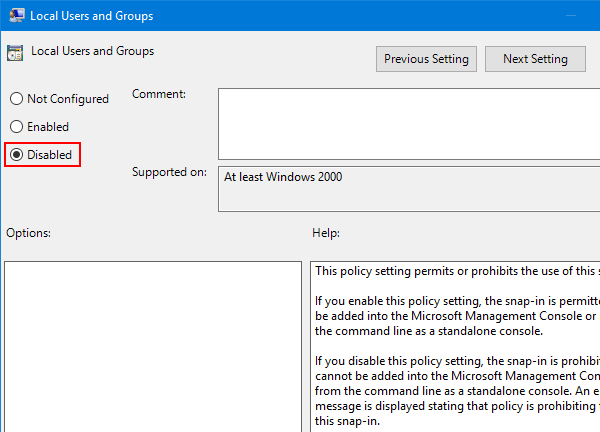

Listing users and their properties with PowerShellįirst, let’s get a list of all local user accounts on the machine. Let’s see how you can use these commands to perform common tasks related to managing local users on a Windows 10 computer. Managing Local User Accounts with PowerShell Set-LocalUser - Change the account settings of a local user.Set-LocalGroup - Change the settings of a local group.


Rename-LocalGroup - Rename a local group.Remove-LocalUser - Remove a local user account.Remove-LocalGroupMember - Remove a member from a local group.Remove-LocalGroup - Remove a local group.New-LocalUser - Create a new local user account.New-LocalGroup - Create a new local group.Get-LocalUser - View a local user account’s preferences.Get-LocalGroupMember - View the list of all local group members.Get-LocalGroup - View local group preferences.Enable-LocalUser - Enable a local user account.Disable-LocalUser -Disable a local user account.Add-LocalGroupMember - Add a user to the local group.You can view the full list by running the following command: Get-Command -Module There are 15 cmdlets in the LocalAccounts module. Previously, you had to download and import it into PowerShell explicitly, and also install Windows Management Framework 5.1 in the Windows Server 2016 and Windows 10 operating systems, the cmdlet collection is included as a standard module. Note: the below method can also be used in Windows 7, 8, and 8.1.To help admins manage local users and groups with PowerShell more easily, Microsoft provides a cmdlet collection called. To access GPMC, you first need to install it from the Control Panel and then use the Run command gpmc.msc. Typically, the Group Policy Management Console is used for server administration. Group Policy Objects are a part of the Group Policy Management Console. You just have to use a roundabout way as explained below.īefore getting started, don’t confuse the Local Group Policy Editor, which is accessed by running the command gpedit.msc, with Group Policy Objects. However, that doesn’t mean you cannot back up and restore the Local Group Policy Editor settings. This is because, unlike the Registry Editor, the Group Policy Editor has no built-in option to back up or restore current settings. If you’ve ever meddled with Windows Registry to customize and change advanced Windows settings, you might have come across the warning “back up registry before making any changes.” Obviously, the backup gives you a chance to restore previous settings if you don’t like them or if something goes wrong.īut when dealing with the Group Policy Editor, there is no prompt to get you to back it up.


 0 kommentar(er)
0 kommentar(er)
